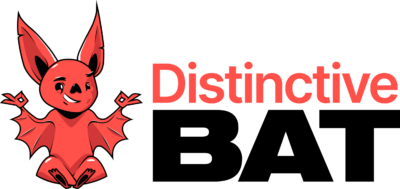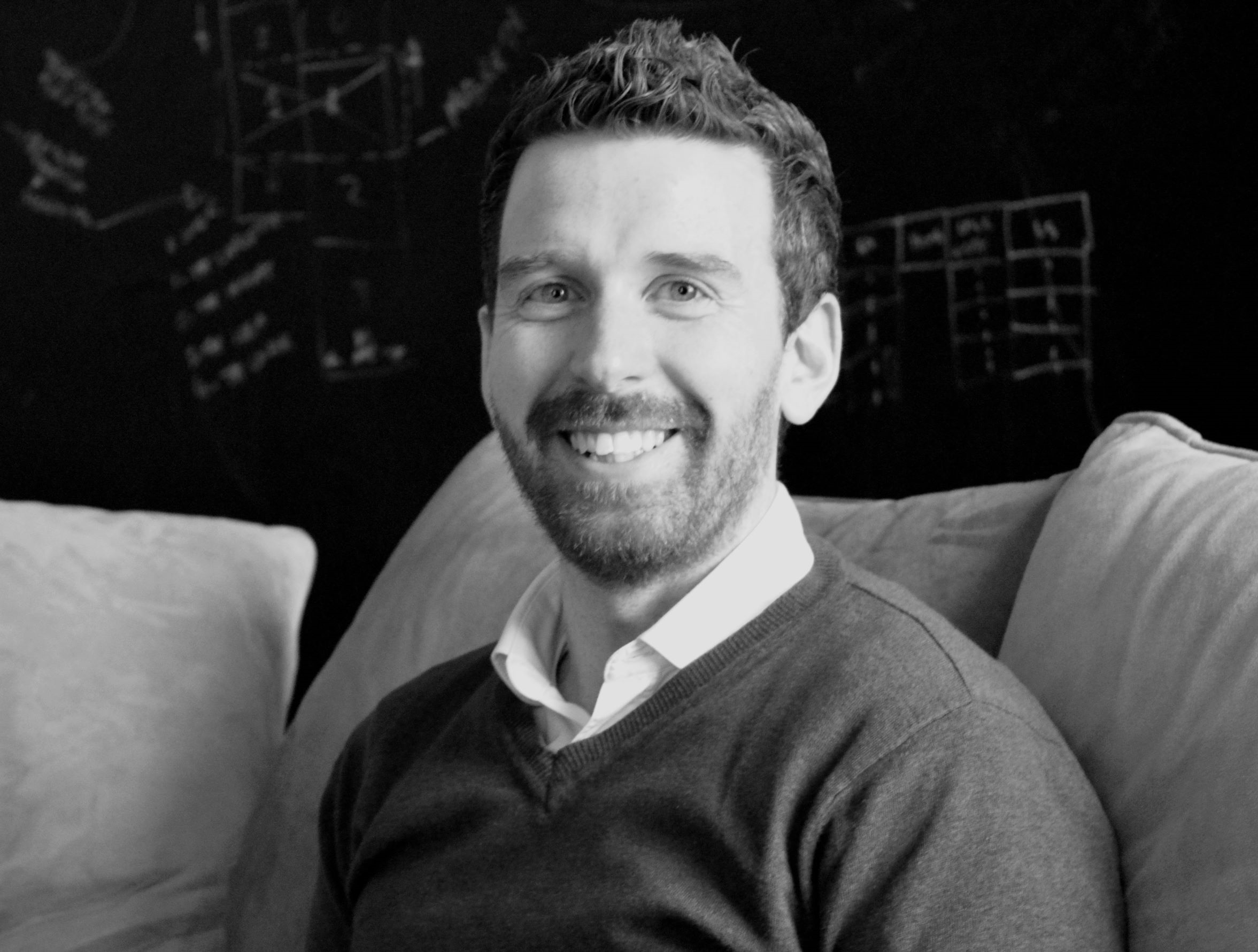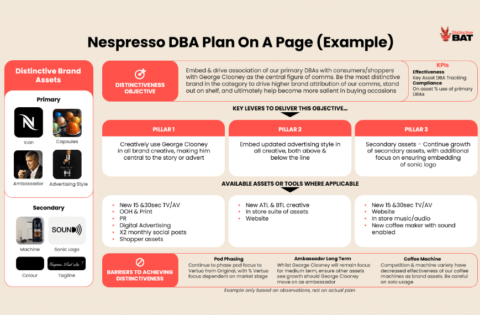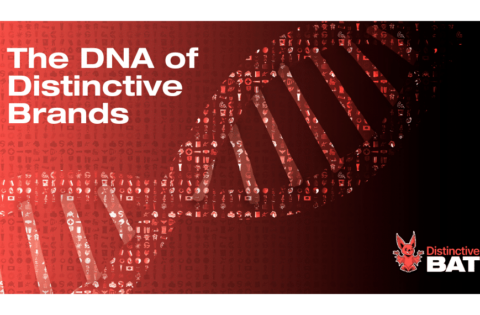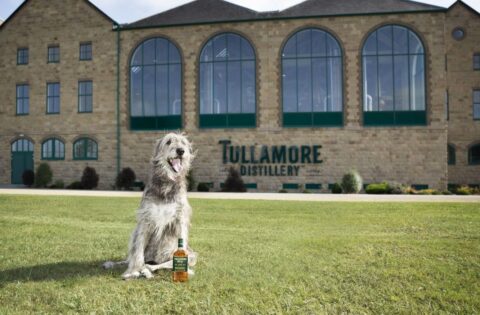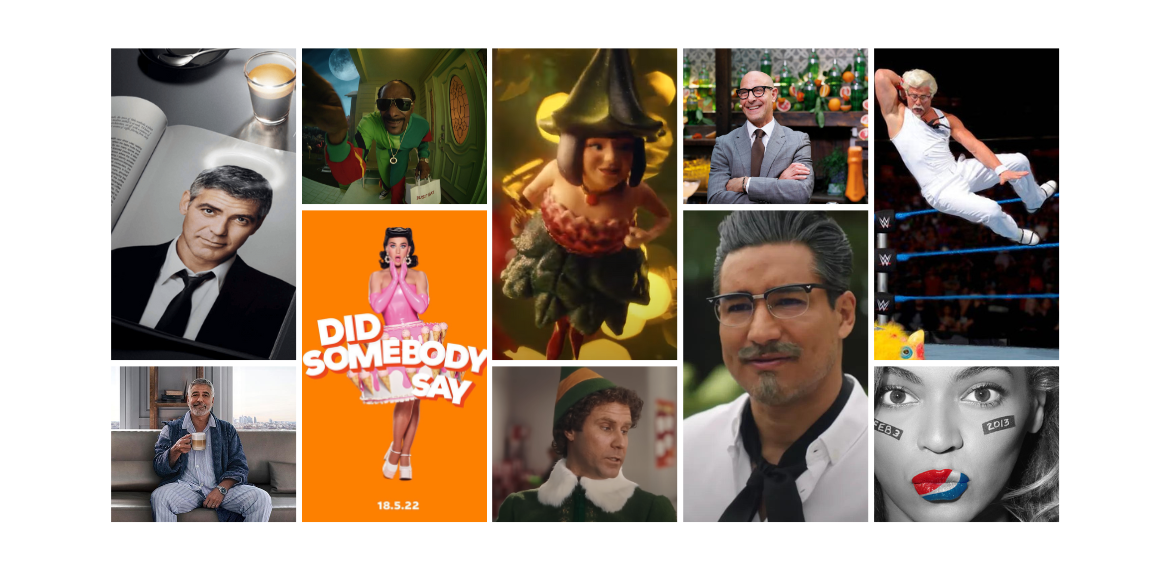
Using Celebrities Or Influencers To Improve Distinctiveness Levels
Using Celebrities Or Influencers To Improve Distinctiveness Levels
This article first appeared in WARC
Summary
- Influencers or celebrities can play an important role in improving levels of distinctiveness
- Long term thinking is required when it comes to using a celebrity as a distinctive asset, and it’s vital to hero them when they are used
- In most cases, influencers won’t be a Distinctive Brand Asset themselves, but they can play a role in embedding your assets
Why it matters?
Distinctive Brand Assets help improve the effectiveness of communications by increasing the chances a consumer will recognise your advert, recall it and consign it to memory. Often, influencers are used as brand assets themselves, or indeed as a vehicle for embedding them. It is important to be clear on the role of influencers when it comes to improving levels of distinctiveness.
With the continued rise in the use of influencers by brands due to the onset of social media, we at Distinctive BAT, a brand asset research consultancy, are frequently asked about the benefits and drawbacks of using influencers, or celebrities of any kind, to help improve levels of distinctiveness. First, we say that they don’t always play a role in the distinctiveness spectrum, and can simply be just a medium for reach. They also frequently play a larger role in the differentiation camp, helping to imbue meaning to the brand through association. They can also be an excellent vehicle for storytelling. When used appropriately, they can however play an important role for brands in improving levels of distinctiveness, helping the brand stand out and aid branding scores, and ultimately advertising effectiveness.
Here are our top tips for using influencers (in their broadest sense) to improve your distinctiveness levels.
1. Think Long Term
Distinctive Brand Assets often take time to embed, and this is no exception when considering the influencer route when creating one. The selection of an influencer as a (potential) DBA should be long-term and part of a 5-year plus plan, not just for a few campaign bursts. This isn’t to say that short-term arrangements with influencers or celebrities don’t pay dividends; they certainly can when it comes to their reach potential, driving affiliate sales or assisting in the communication of meaning, but their strength as a distinctive asset only comes to fruition when they are strongly associated with your brand, which often takes time and reach.
Asda, the U.K. retailer, took an interesting route recently when they used the character of Buddy from the movie Elf as the central character in their Christmas 2022 creative. Buddy, without a doubt, was a fantastic character for dramatizing their storyline and creating an attention-grabbing advert. It will now be interesting to see if Elf is a distinctive asset for the long term or a one-hit Christmas wonder. According to our research on U.K. retailers’ Christmas characters, Asda already has strong ownership and association levels with Buddy after year one of the campaign, which is a brilliant result and more of an outlier than the norm. If Buddy is around for the long term, Asda will reap the benefits in the future, with the ability to use Buddy as a distinctive asset in improving its advertising effectiveness during the key Christmas period.
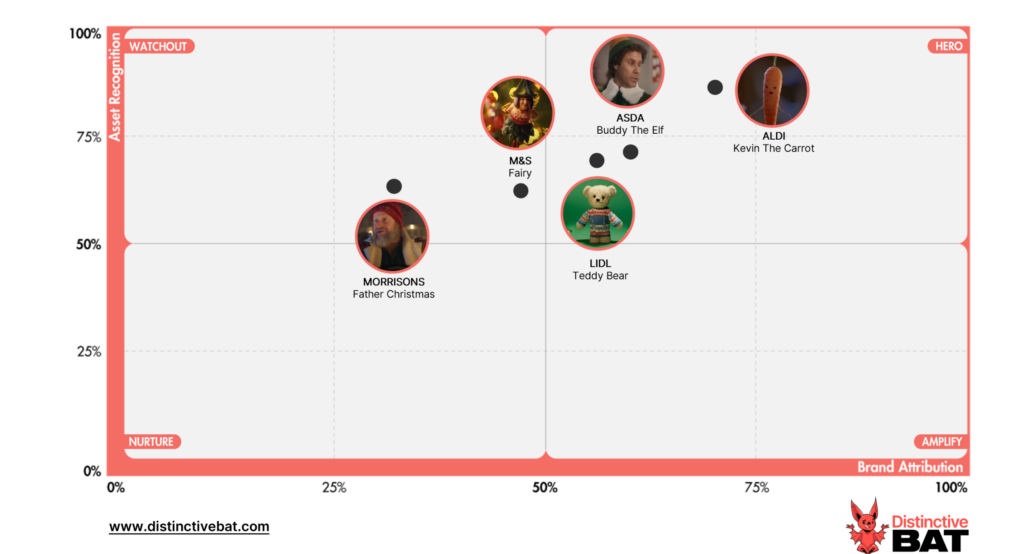
However, this is where longevity comes into play. This year, Lidl introduced a new character, the Lidl bear, and saw similar distinctiveness scores to Buddy. The difference is that Lidl now owns an asset that can be activated at will, whereas Asda is subject to whatever licensing agreement and fee they negotiated.
Distinctive Asset Measurement: Brand Research That Provokes Action
Used by some of the world’s most distinctive & leading brands






2. Hero The Hero
Like all distinctive assets, celebrity or influencer-led brand assets should be front and center in your communications. A great litmus test for deciding which Distinctive Brand Asset(s) to really commit to is to check if they can or will be applied across most, if not all, of your touchpoints. If you don’t, you’re already on the back foot in firstly embedding them, and secondly in seeing the benefit of using them as a branding device. When looking at influencers through this test, if their appearance is limited to social media posts only, they will more likely never be a distinctive asset of note. The most distinctive brands not only commit to the influencer for the long term but also champion them in their comms. While an oft-used case study, the application of George Clooney by ___________ is a great example of a brand that makes its hero the focus of all of its advertising, as well as across shopper and in-store touchpoints.

So synonymous, we don’t need to tell you the brand.
The brand also makes use of Mr. Clooney very creatively, and as a key vehicle for storytelling, with coffee and the brand a key focus of the narrative.
A note of caution here however, the use of celebrities can be overplayed and the brand and distinctive assets can get lost, playing second fiddle to the celebrity. This has become common in recent years with Super Bowl adverts as pointed out in this WARC piece.
3. Use As An Embedding Vehicle
When it comes to distinctive assets, one of the most important uses of celebrities or influencers is to use them as a vehicle for embedding your ownable assets where they tick a lot of boxes. They have good reach because of their social media presence, P.R. value, or sponsorship (e.g., golfers). When used correctly, they can also be used to capture attention, which is one of the most important principles in creating good advertising, and thus this reach becomes quality reach (i.e., passive viewing turns into engaged viewing). Finally, they can be a versatile vehicle for storytelling with brand assets at the forefront or dramatization of said brand assets in static, A.V., and audio formats. Just Eat is a good example of this. In recent years, they have used well-known celebrities to great effect, most notably Snoop Dogg and Katy Perry.
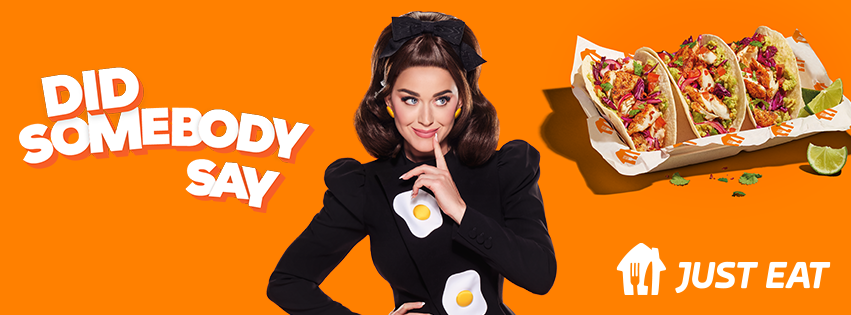
A key component of this advertising is how the Just Eat tagline and jingle is at the core of the creative, and Snoop Dogg and Katy Perry are used to great effect in helping embed this brand asset through their rapping and singing. We researched this category in the U.K. in the early months of 2021, six months into the campaign, and saw strong branding score results for this jingle. There’s no doubt that the scores for the jingle would be even higher now with the additional airing of the Snoop Dogg campaign and also Katy Perry version.
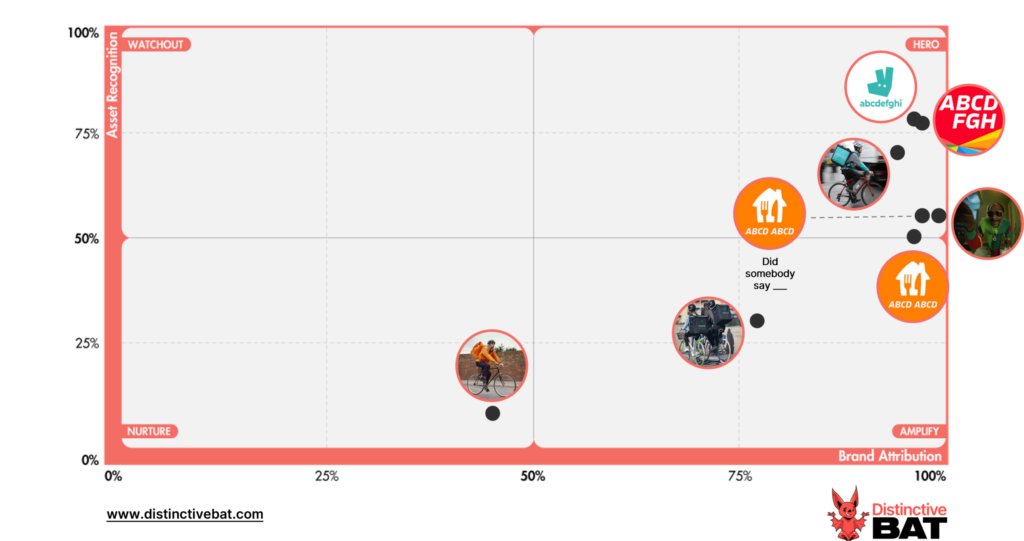
As can be seen from the results above, Snoop scored very highly in Brand Attribution in this research, showing his strength as a brand asset at that time. The challenge, of course, is sustainability, with Snoop costing a reported $5m fee. Rather then only embedding Snoop as the distinctive asset, they completed the arrangement with a very strong ownable brand asset in their jingle and tagline, which can be used in different formats and with different talent in the coming years.
The DNA Of Distinctive Brands
Inspire your team and brand, by understanding how to achieve greater levels of distinctiveness with our guide to Distinctive Brand Assets
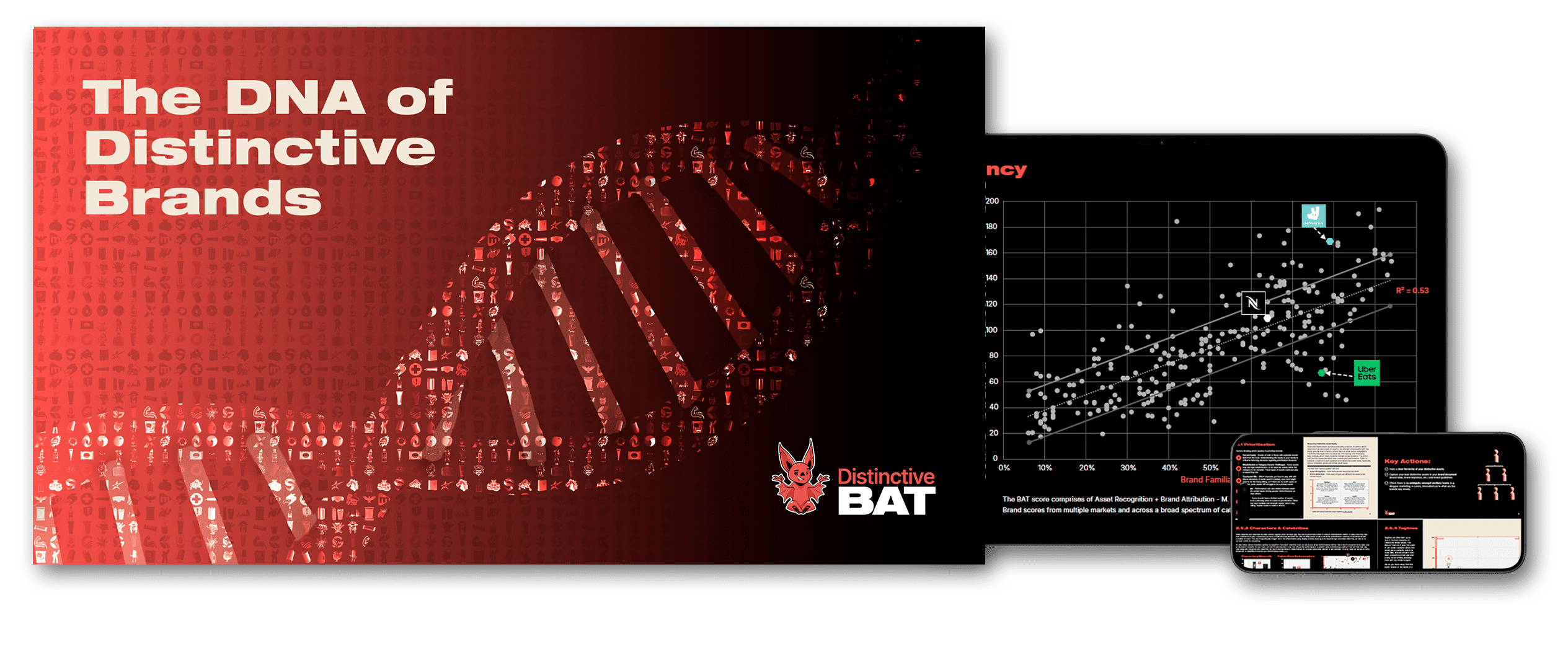
4. Play With Your Brand Codes
Most brands’ engagement with an influencer will most likely be short-term, with no real desire for them to become a distinctive asset for the brand, and that’s fine. In many cases, the influencer will be hesitant for the arrangement being overtly commercial in nature and so reluctant in having the logo slapped everywhere or mentioning the brand name forty times. Here, your brand assets serve as both an input and an output. They will help ensure that the use of the influencer has stronger branding scores, with your (hopefully) recognisable and correctly attributed assets playing a role as branding devices. On the other hand, the influencer’s use of your brand assets will help embed them, reinforcing them with some and introducing them to others. You must ensure that your brand assets are part of the brief, if not central to the creative concept, and that their use is also a subtle mandatory in the contract. Their usage can manifest itself in a variety of ways.
- Product – The most obvious is a prominent pack display and product usage. This is easier in some categories than others, with alcohol brands particularly well served to be able to front and centre their product and also push other brand codes such as serves.
- Colour – For brands with colour(s) as an asset, sprinkling in the primary colour as part of their clothing or background can aid branding.
- Taglines or slogans – A la Just Eat.
- Icons or elements – A good example of this is from Corona, who asked creators to ensure the lime was a key part of their output in social media posts in this campaign.
- Characters – Could the celebrity build on your owned character? A great example of this was the use of the actor Mario Lopez by KFC as Colonel Sanders in A Recipe for Seduction, a 15-minute soap.
As we’ve hopefully highlighted, there are plenty of ways influencers & creators can help in creating a distinctive brand. Like with all good plans, a good starting point is to make sure everyone is clear on the role of the influencer with clear objectives set, this will then help dictate how they are used and ultimately inform the brief.
If you need help understanding what your distinctive assets are, contact us and find out more
Have any questions on Distinctive Brand Asset Research or Tracking? Drop me a message via LinkedIn or email at hello@distinctivebat.com
Distinctive Asset Measurement: Brand Research That Provokes Action

Used by some of the world’s most distinctive & leading brands






